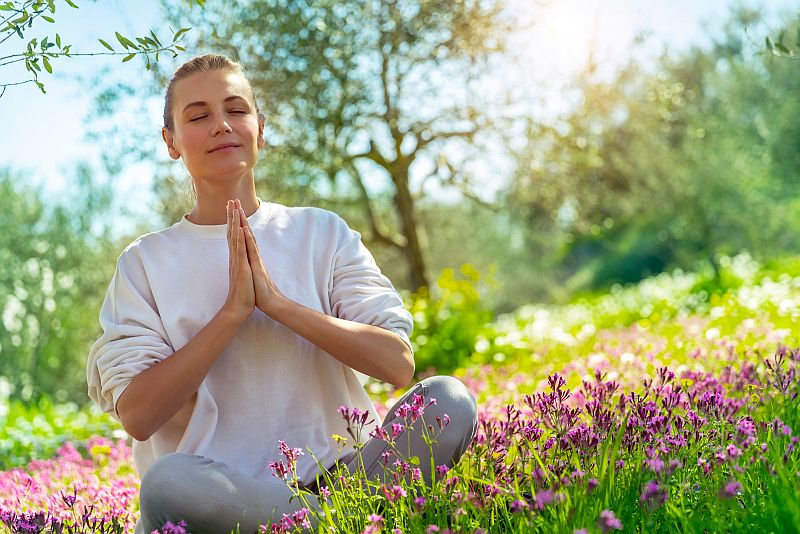Stress Reduction and Meditation Techniques

London, Sep 10: Meditation is a spiritual practice in which an individual employs a technique, including meditation, to train attention and consciousness, and attain a psychologically calm and mentally at ease and relaxed state.
The most important benefit of meditation is that it helps in achieving self-awareness and realization. This realization generally manifests as a state of inner peace, a sense of being in tune with the world around, and a heightened ability to concentrate, focus and calm the mind.
There are many different forms of meditation, including Yoga meditation, progressive muscle relaxation (PMS), Guided Imagery, Dream state meditation, transcental meditation, mantra meditation, stillness meditation, and shikata meditation. Practitioners can use any or all of these methods to deepen their own experience of life, as well as to enhance their ability to deal with both everyday and situations stress. For example, while practicing yoga meditation, you can incorporate certain breathing exercises to assist you in controlling your breathing while you are in deep focus. Likewise, Progressive Muscle Relaxation (PMS) uses short term relaxation breathing techniques to help you cope with symptoms of depression. Dream state meditation allows you to shift your consciousness out of your physical body and into your astral body, allowing you to explore your own spirit.
Transcendental meditation consists of repeating a mantra, which can be chosen from a wide variety of topics, such as love and gratitude, compassion, simplicity, appreciation, creativity, truth, and others. Practitioners who utilize this practice often say that the act of repeating the mantra meditation (which may be a sacred scriptural text or a simple word) enables them to tap into an “eternal” source of love and wisdom. Stillness meditation, also called shikata meditation, involves sitting comfortably in a still position, closing your eyes, and being aware of your breath. Shikata means “with the breath” and this technique teaches the mind to slow down and observe the present moment.
Many people practice meditation for various reasons, but the primary reason behind doing so is to improve their well-being. A good meditation practice will allow you to gain insight into how you feel about yourself as well as the world around you. It is possible to use meditation to remedy health conditions or to manage everyday life more successfully. Whether you meditate for peace of mind, to manage pain or to reduce anxiety, this practice will help you on your path to better well-being.
Studies have found that meditation can reduce symptoms of both depression and anxiety in patients with chronic diseases such as diabetes. In one study, patients with agitated depression were found to have a significantly lower rate of progression to other problems if they participated in meditation. Researchers believe that the benefits were due to the beneficial effects of reducing stress. It has also been found that those who regularly meditated had higher levels of confidence and had better coping skills than the norm. The practice was also associated with increased levels of happiness.
A type of meditation which uses physical movements in addition to internalized breathing is known as the practice of yoga. Yoga involves a number of physical poses, and it is believed that yoga practitioners can derive several health benefits through this practice. There are many different forms of yoga, and while some focus on postures alone, others incorporate meditation as well as movement.
Movement meditation is another technique used for stress reduction and/or to improve overall well-being. The practice of movement meditation involves moving the body in certain ways in order to calm the mind. Practiced by people who wish to relax their bodies or those who have been diagnosed with multiple sclerosis, this technique is often included in yoga classes. Some forms of movement meditation require a lot of practice before the body can become accustomed to the movements, while other forms can be easily learned and adapted for daily use.
Visualization meditation involves visualizing relaxing thoughts or images – either relaxing or stressful – to help relieve stress. Those who have been diagnosed with an addiction, however, should first seek advice from their medical doctor before practicing visualization meditation. This is because the effects of visualization meditation can be similar to those of taking medications for certain mental conditions, such as those resulting from anxiety or depression.






